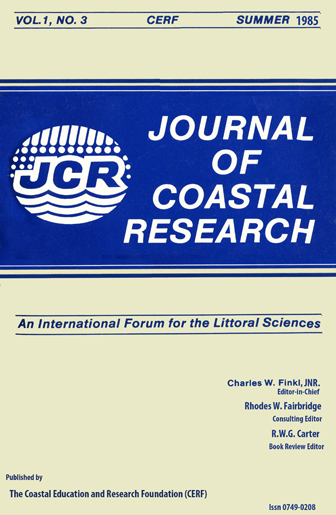Cysts and Life Cycle Considerations of the Thecate Dinoflagellate Fragilidium
Keywords:
Dinoflagellate cysts, Fragilidium, theca-cyst cycleAbstract
Thecate dinoflagellates of the genus Fragilidium excysted under laboratory conditions from two types of morphologically distinct hypnocysts isolated from sediments of the Indian River lagoon, Brevard County, Florida. Observations of individual motile organisms showed that ecdysal cysts were formed from the thecate (armored) stage and pellicle cysts were formed from the gymnodinoid (prearmored) stage. The duration of ecdysal encystment was typically between eight and nine hours when a thecate individual encysted and between seven and eight hours when a cyst was formed from the "gymnodinoid” stage. All cells observed excysting from ecdysal cysts were in the "gymnodinoid" stage with distinct Iongitudinal and transverse flagella and fully developed cingular and suicidal grooves. The results of this study provide field evidence for the presence of hypnocysts, ecdysal, and pellicle cysts in the life cycle of Fragilidium. The formation of ecdysal and pellicle cysts may provide several benefits for life in an estuarine system where conditions can change significantly in a relatively short period of time. A theca/cyst cycle is suggested for the genus Fragilidium. Similar theca/cyst cycles can be expected to occur in other dinoflagellates.


